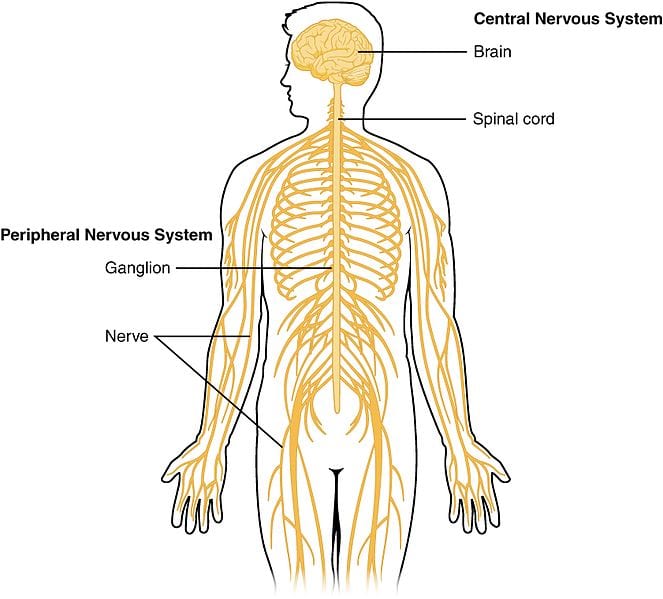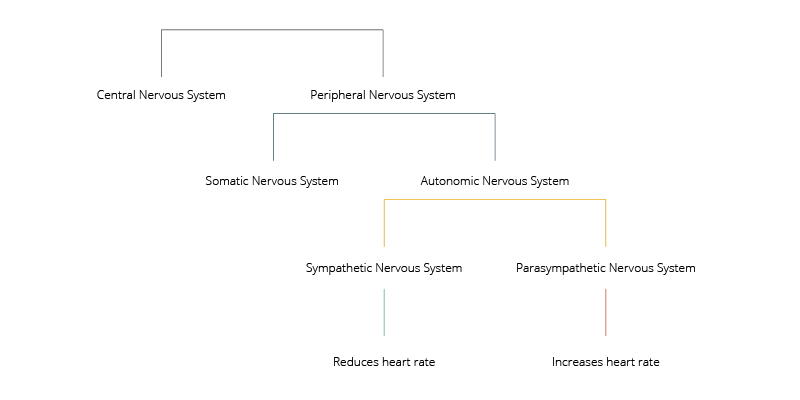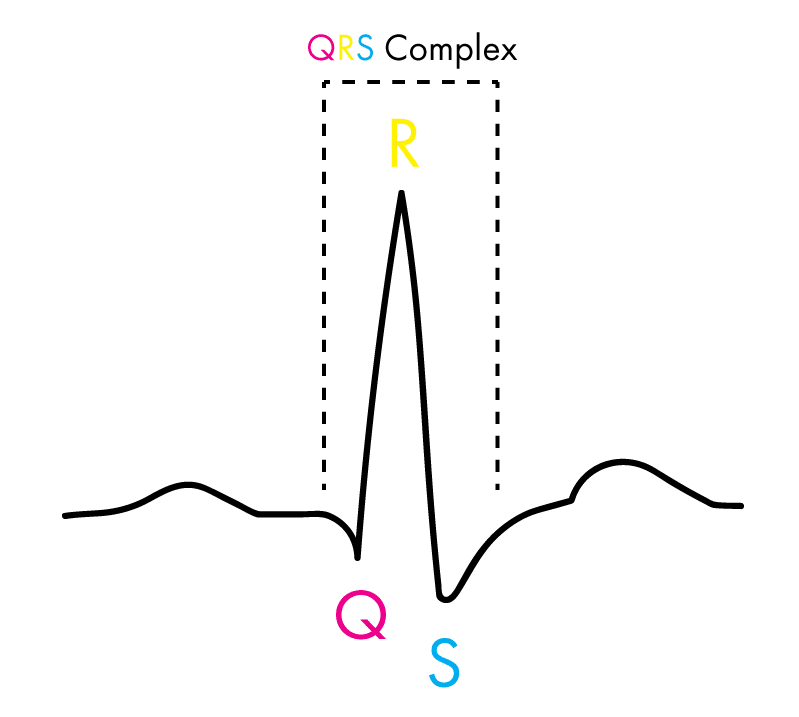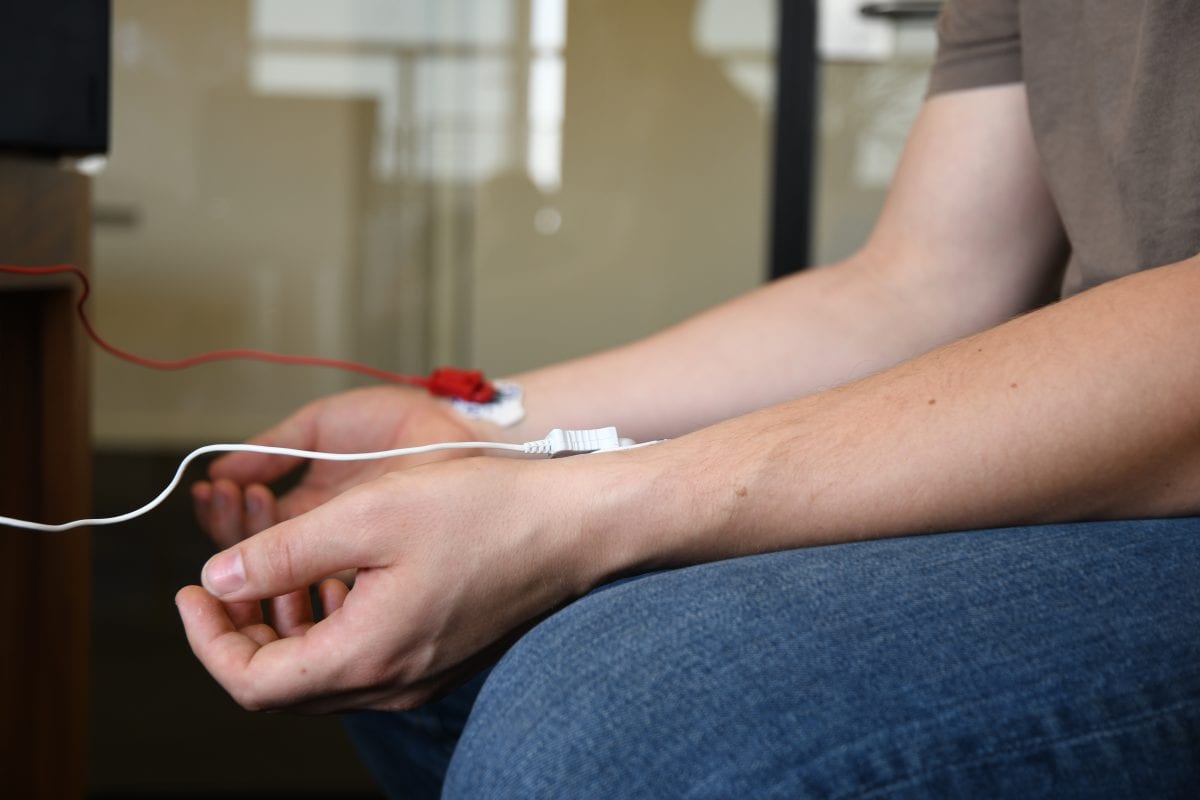Heart rate variability (HRV) offers a unique perspective on emotional responses. Explore its significance in research, key concepts, and how HRV ties emotions to physiological changes.
Table of Contents
Heart rate variability (HRV) refers to how much an individual’s heart rate speed varies. It’s clear that when we run or exercise in some way then our heart rate will increase compared to when we’re at rest, but the time in between each beat can also vary.
This variation means that our heart doesn’t just beat like a metronome, but will adjust ever so slightly depending on factors such as our physiology and environmental context.
Due to the intricate involvement of our heart with our emotions (not just metaphorically), this variation is not only reflective of our physiological state, but it is also reflective of the level of emotional arousal that we’re experiencing.
Below, we will go through the background of this phenomena, the research that shows the power of this methodology in understanding emotional reactions, and cover how this measure can – and cannot – be used.
How does Heart Rate Variability work?
The human body is operated by both the central and peripheral nervous systems. The central nervous system consists of the brain and spinal cord, while the peripheral nervous system consists of all the other nerves in the body that aren’t in the brain or spinal cord.

Although these regions are distinct, they interact closely with each other. As Buchanan and Tranel state [1]:
That the brain and peripheral nervous systems interact is no surprise to anyone who has ever found themselves sweating in front of an audience while trying to remember the lines from a play that had, until recently, been firmly committed to memory.
The central nervous system plays its part in memory (recalling the lines from the play), while the peripheral nervous system creates the physiological reaction (the sweating hands). Both of these systems are altered by the emotional stress of the context (standing in front of an audience), and the actions of each – unfortunately for the actor – increase the emotional stress of the experience.
Further to this, the peripheral nervous system can be functionally divided further into the autonomic nervous system – the part of the peripheral nervous system that controls our inner organs, such as our heart – and the somatic nervous system, which is involved in bodily control and muscle movements.
Going even deeper, the autonomic nervous system is made up of the sympathetic nervous system (SNS), and the parasympathetic nervous system (PNS). The SNS is physiologically excitatory – it increases physiological arousal when active. The PNS is the opposite, and inhibits physiological arousal when active.

When we’re stressed (be it by an emotional or physiological stressor), the SNS is more activated and the PNS is inhibited, bringing about a range of changes in our physiology, from the aforementioned sweating hands to increases in heart rate.
Being calm produces the opposite effect – the PNS becomes more active, and the SNS less so, leading to a reduced heart rate.
The interplay between both these two systems, the SNS and PNS, is therefore reflective of the activity of the autonomic nervous system, which is part of the peripheral nervous system, which works together with the central nervous system. Phew. That’s a lot to take in.
Check out: An Introduction To The Sympathetic and Parasympathetic Nervous System
A fully flexible autonomic nervous system allows for the “rapid generation of modulation of physiological and emotional states in accordance with situational demands” [2]. Heart rate variability is the direct result of the interaction between these two systems; ECG recordings are therefore a clear measure of autonomic nervous system activity.
If the autonomic nervous system is flexible and adaptable, then the variability of the heart rate will increase, as the SNS and PNS healthily compete with each other to produce the optimal reaction to the situation. This in essence means that increases in heart rate variability are reflective of increases in physiological and emotional flexibility.

Check out: Heart Rate Variability – How to Analyze ECG Data.
Heart Rate Variability and Emotions
Some of the first studies looking at the involvement of HRV in the context of emotions examined its relationship to emotional regulation. Researchers [3] showed children short film clips containing stressful content (in which other children discuss “a strange man lurking outside their house”) while facial expressions, skin conductance (GSR), and HRV were measured.
This multimodal approach showed, alongside results from a validated questionnaire, that children with higher HRV values were more likely to feel sympathy for the characters in the film clip, and less likely to feel emotional distress. The increase in HRV was therefore associated with greater relevant emotional regulation.
GSR and Emotions: What Our Skin Can Tell Us About How We Feel
Further research has shown that a single 5-minute recording session is enough show significant associations between HRV and emotional regulation abilities [4], further demonstrating the link between the heart and emotions.
It appears that the more flexible the activity of the heart is, the more capable we are of maintaining suitable emotions. Other studies have continued to cement this theory (e.g. see [5, 6, 7]). To look at some of the devices available to study ECG activity, including HRV, follow this link.
How can Heart Rate Variability (HRV) be used?
In addition to the aforementioned studies showing associations with emotional regulation, HRV has also been associated with social skills and cognitive processes.
In one study, 65 participants were asked to complete the “Reading the Mind in the Eyes Test” in which they have to determine the exhibited emotion of individuals by only seeing the eye region of the face [8]. The research also took into account a range of factors that could reasonably influence the participant’s ability to recognize emotions, yet they found that HRV was still a significant predictor even after the effect of these factors was discounted.
The study was taken to suggest that HRV could be a direct line into understanding participants emotional recognition abilities, and potentially their general skill in social situations.
Another study looked at the threat of shock, and how this can affect cognitive functioning across groups with different amounts of HRV [9]. Participants, divided into relatively low and high HRV groups, were exposed to either a threat or non-threat condition in which they had to complete a working memory task and a task in which their performance was measured.
The researchers found that the high HRV participants outperformed the low HRV participants on the cognitive tasks, irrespective of the condition (threat / non-threat), although the low HRV participants performed better in the threat condition. The study suggests that high HRV enables better cognitive functioning under stress, yet lower HRV could be of benefit for performance in a stressful scenario.

New research has also shown the possibility of identifying specific emotional states through a combination of ECG data and machine learning methods [10]. Researchers used a range of sounds shown previously to elicit different levels of arousal and different dimensions of valence. Participants were presented with these sounds while ECG was recorded. Their subsequent analysis was shown to be 85% accurate in determining the emotional state of the participants.
This particular research study of course relies on knowledge about – and the resources to implement – machine learning methods, both of which are aspects not usually readily available to researchers.
While there is a wealth of research relating HRV measurements to various emotional states, it’s important to consider that HRV is not a moment-by-moment indicator of emotion. This means that while the data collected over a set amount of time can be informative for understanding total reactions to a stimulus, the data cannot accurately relay information about how someone was feeling within that stimulus exposure time.
Check out our Webinar: Why you should use EMG & ECG in Human Behavior Research
Overall HRV relays a great deal of information about both emotional arousal and emotional regulation, and new research also shows the potential of relating this measure to other constructs. To really maximize the possibilities when using ECG, a multimodal approach can be taken, giving more dimensions to the data and a deeper understanding of human behavior.
To learn more about emotions in the context of human behavior, download our free guide below.
Free 52-page Human Behavior Guide
For Beginners and Intermediates
- Get accessible and comprehensive walkthrough
- Valuable human behavior research insight
- Learn how to take your research to the next level

References
[1] Buchanan, T., & Tranel, D. (2009). Central and peripheral nervous system interactions: From mind to brain to body. International Journal Of Psychophysiology, 72(1), 1-4. doi: 10.1016/j.ijpsycho.2008.09.002
[2] Appelhans, B., & Luecken, L. (2006). Heart rate variability as an index of regulated emotional responding. Review Of General Psychology, 10(3), 229-240. doi: 10.1037/1089-2680.10.3.229
[3] Fabes, R. A., Eisenberg, N., and Eisenbud, L. (1993). Behavioral and physiological correlates of children’s reactions to others in distress. Dev. Psychol. 29, 655–663.
[4] Williams, D., Cash, C., Rankin, C., Bernardi, A., Koenig, J., & Thayer, J. (2015). Resting heart rate variability predicts self-reported difficulties in emotion regulation: a focus on different facets of emotion regulation. Frontiers In Psychology, 6. doi: 10.3389/fpsyg.2015.00261
[5] Thayer, J., Hansen, A., Saus-Rose, E., & Johnsen, B. (2009). Heart Rate Variability, Prefrontal Neural Function, and Cognitive Performance: The Neurovisceral Integration Perspective on Self-regulation, Adaptation, and Health. Annals Of Behavioral Medicine, 37(2), 141-153. doi: 10.1007/s12160-009-9101-z
[6] Geisler, F., Vennewald, N., Kubiak, T., & Weber, H. (2010). The impact of heart rate variability on subjective well-being is mediated by emotion regulation. Personality And Individual Differences, 49(7), 723-728. doi: 10.1016/j.paid.2010.06.015
[7] Mccraty, R., & Shaffer, F. (2015). Heart Rate Variability: New Perspectives on Physiological Mechanisms, Assessment of Self-regulatory Capacity, and Health Risk. Global Advances In Health And Medicine, 4(1), 46-61. doi: 10.7453/gahmj.2014.073
[8] Quintana, D., Guastella, A., Outhred, T., Hickie, I., & Kemp, A. (2012). Heart rate variability is associated with emotion recognition: Direct evidence for a relationship between the autonomic nervous system and social cognition. International Journal Of Psychophysiology, 86(2), 168-172. doi: 10.1016/j.ijpsycho.2012.08.012
[9] Hansen, A., Johnsen, B., & Thayer, J. (2009). Relationship between heart rate variability and cognitive function during threat of shock. Anxiety, Stress & Coping, 22(1), 77-89. doi: 10.1080/10615800802272251
[10] Nardelli, M., Valenza, G., Greco, A., Lanata, A., & Scilingo, E. (2015). Recognizing Emotions Induced by Affective Sounds through Heart Rate Variability. IEEE Transactions On Affective Computing, 6(4), 385-394. doi: 10.1109/taffc.2015.2432810











